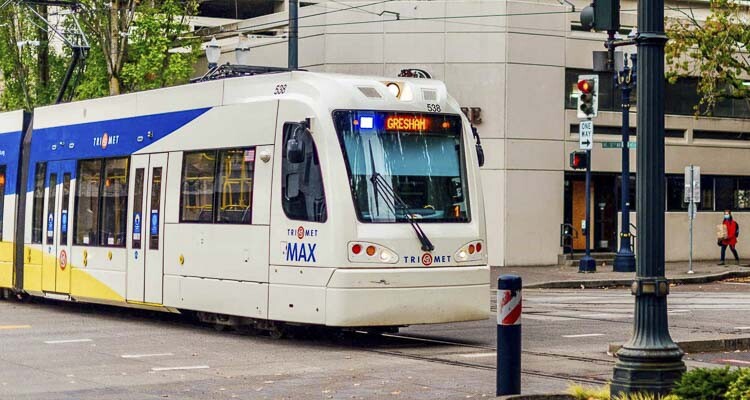
Researchers collaborated with five transit agencies, including TriMet in the Portland metro area
Spencer Pauley
The Center Square Washington
The University of Washington has released a new report that found numerous transit vehicles in the Seattle and Portland areas contained “small amounts” of fentanyl and methamphetamine.
Researchers detected the drugs in the air and on surfaces, according to the the University of Washington School of Public Health’s exposure assessment
Out of 78 air samples collected by UW researchers, 25% had detectable fentanyl and 100% had detectable methamphetamine. Out of 102 surface samples, 46% had detectable fentanyl and 98% had detectable methamphetamine.
However, nearly all of the positive samples contained small amounts of the drugs that are unlikely to cause acute medical conditions, according to the assessment.
It remains unclear to researchers if consistent, long-term exposure poses a risk to health. Transit operators who work full time, 40 hours a week, would be considered under long-term exposure to the trace amounts of fentanyl and methamphetamine.
“A work environment that includes drug use and drug smoke can make it harder for transit operators to safely and effectively do their jobs, regardless of the level of exposure that operators may face,” UW Assistant Professor of Environmental and Occupational Health Sciences Marissa Baker said in a news release. “This research is important, as it draws attention to the stressors and exposures that these essential workers face.”
Researchers collected air and surface samples for fentanyl and methamphetamine from a total of 11 buses and 19 train cars from five transit agencies. Samples were collected over 28 nights between March 27 and June 22.
The assessment was limited in scope and narrowly tailored. Researchers collaborated with five transit agencies, which also provided funding: King County Metro, Sound Transit, Everett Transit and Community Transit in Snohomish County, and Tri-Met in the Portland metro area.
The assessment suggests protective measures including improved ventilation and air filtration, enhanced cleaning practices and operator training on agency protocols around the use of drugs on vehicles.
“Even at a level that is considered ‘safe,’ it can still be stressful to see drug use in your workplace,” Baker added. “Taking steps to protect operators will benefit their physical and mental well-being at work.”
Sound Transit Chief Executive Officer Julie Timm said the agency is relieved to hear from public health officials that the study results indicate there is no public health risk on transit. She added that Sound Transit will continue to enact measures “to continuously, proactively, and equitably improve our safety and environmental conditions.”
This report was first published by The Center Square Washington.
Also read:
- Several paycheck-impacting laws set to go into effect in Washington next yearSeveral new laws set to take effect in Washington state on Jan. 1, 2025, will impact residents’ paychecks and daily lives.
- Opinion: Pre-filed bills, leaked email, hint at what’s coming this legislative sessionWashington state’s upcoming legislative session may bring tax increases and budget changes, according to Paul Guppy of the Washington Policy Center.
- Vancouver teacher arrested and charged with sexual misconductVancouver teacher Shadbreon Gatson arrested and charged with sexual misconduct with a minor at Hudson Bay High School.
- Opinion: The Biden EPA is divorced from realityIs the Biden EPA wrong to designate Lake Roosevelt a Superfund site? Residents argue the Eastern Washington river is clean and vital.
- Reminder: More than 30 state parks will offer First Day Hikes on New Year’s DayCelebrate the new year with First Day Hikes at over 30 Washington State Parks.
- Grinch steals vehicle and prowls several other vehicles on Christmas morningCamas Police warn of Christmas morning vehicle theft and prowls.
- Vancouver Police warn of email scam involving request for BitcoinVancouver Police warn of email scam involving request for Bitcoin.











